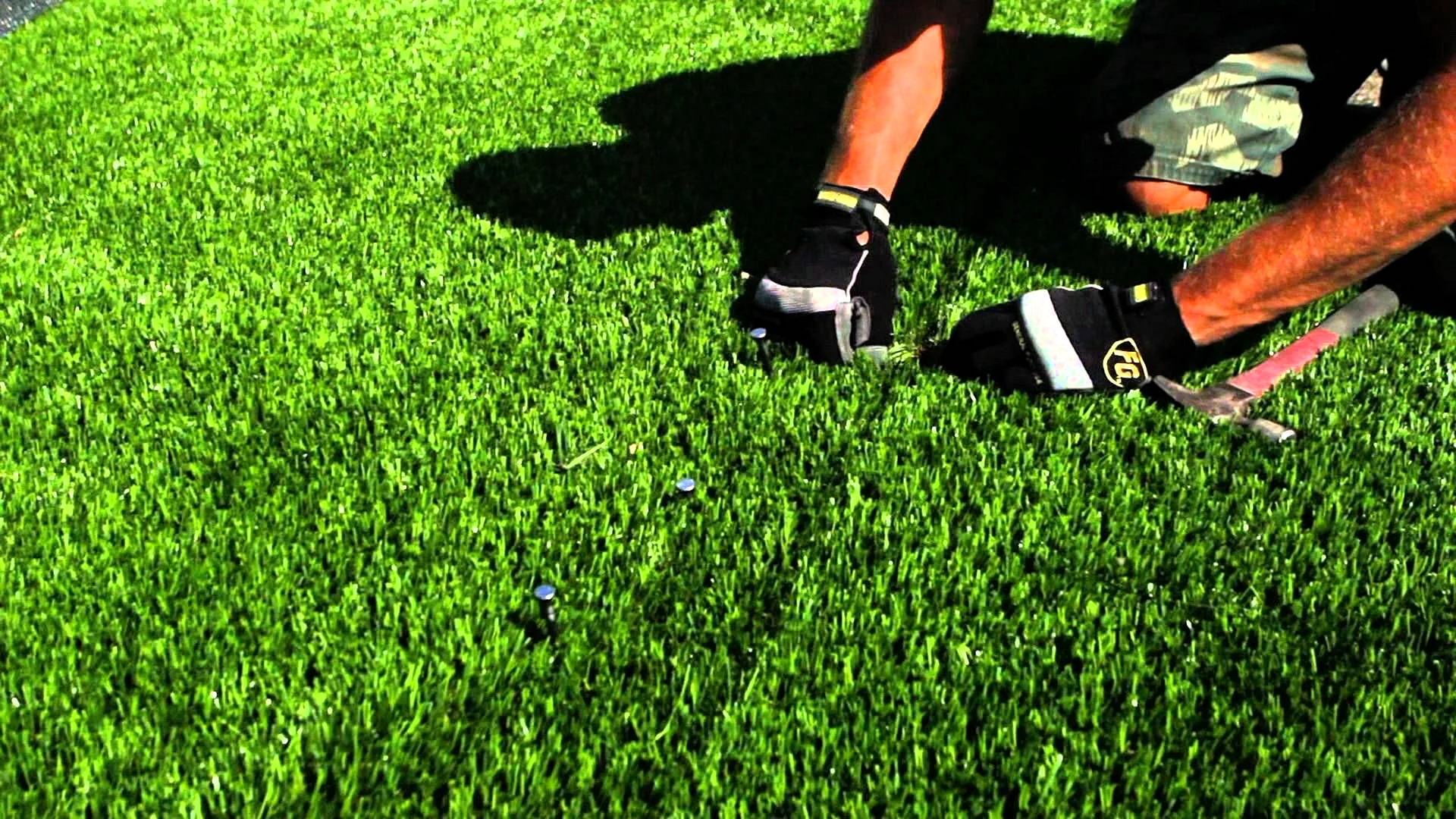Installing artificial grass is a fantastic way to transform your outdoor space into a beautiful and low-maintenance area. Whether you’re tired of dealing with the constant upkeep of natural grass or want to create a green oasis in a less-than-ideal climate, this step-by-step DIY guide will help you achieve a lush, vibrant lawn that requires minimal maintenance. In this article, we’ll take you through each phase of the installation process, ensuring that you can complete the project successfully. So, let’s get started!
Things You’ll Need
Before you start the installation process, gather the following materials and tools:
- Artificial grass turf
- Weed barrier fabric
- Edging material (e.g., timber or plastic)
- Gravel
- Sand
- Nails or staples
- Joining tape and adhesive
- Infill material (e.g., silica sand or rubber crumbs)
- Utility knife
- Shovel
- Wheelbarrow
- Broom
- Measuring tape
- Rake
- Stakes

Preparation
Measuring and Planning
The first step in your artificial grass installation project is to measure the area and plan accordingly. Calculate the square footage you’ll be covering with artificial grass. This will help you order the right amount of turf and other materials. Consider any slopes, curves, or obstacles in your yard that may affect the installation process.
Clearing the Area
Remove any existing grass, weeds, or debris from the area where you’ll be installing the artificial turf. A shovel or a sod cutter can be handy for this task. Ensure that the area is clear and level to create a smooth surface for the new grass.
Creating a Solid Base
To create a stable foundation for your artificial grass, you’ll need to add a layer of gravel. This will help with drainage and prevent the turf from sinking over time. Spread and compact the gravel evenly to create a solid, level base for your grass.
Laying the Foundation
Installing Edging
Edging material, such as timber or plastic, is essential for keeping your artificial grass in place. Install the edging around the perimeter of the area to create a barrier that holds the grass securely.
Applying a Weed Barrier
Lay down a weed barrier fabric to prevent unwanted plants from growing through your artificial grass. This step is crucial for maintaining a pristine, weed-free lawn.
Adding a Layer of Gravel
On top of the weed barrier, add a layer of gravel. This layer will aid in drainage and provide further stability to your artificial grass.
Artificial Grass Installation
Unrolling and Cutting the Grass
Unroll the artificial grass turf over the prepared area and allow it to acclimate for a few hours. Cut the turf to fit your space, leaving a little extra to trim as needed. Be mindful of any directional fibers on the turf and ensure they all point in the same direction for a natural look.
Securing the Turf
Secure the artificial grass using nails or staples along the edges. Make sure it is taut and without wrinkles.
Joining Seams
If your lawn area is larger than the turf you purchased, you may need to join two pieces. Use joining tape and adhesive to seamlessly connect the seams, ensuring they are not visible.
Finishing Touches
Adding Infill Material
Infill material helps the grass blades stand upright and provides cushioning. Spread the infill material evenly over the turf and use a broom to work it into the fibers.
Brushing the Grass
Use a stiff broom to brush the grass blades in the opposite direction of their natural lean. This will make your artificial grass look fuller and more vibrant.
Trimming Edges
Trim any excess turf around the edges of your installation to create a neat and tidy finish.
Maintenance Tips
Cleaning
Regularly remove debris and leaves from your artificial grass using a leaf blower or a rake. You can also rinse the turf with a hose to remove dirt and dust.
Brushing and fluff
Brush the grass blades periodically to prevent matting and maintain their natural appearance. Fluffing up the fibers will keep your lawn looking fresh.
Preventing Damage
Avoid placing heavy furniture or objects on the grass, as they may cause indentations. Also, be cautious with hot items like grills, as they can melt the turf. Clean up pet waste promptly to prevent odors and staining.
Conclusion
With your artificial grass installation complete, you can now enjoy a lush, green lawn that requires minimal maintenance. Say goodbye to the hassles of mowing, watering, and weeding, and embrace the beauty and convenience of artificial grass.


